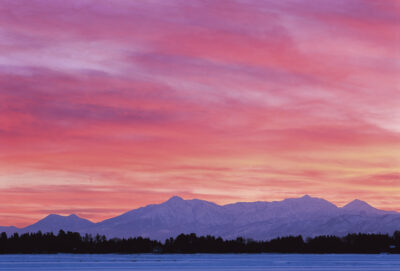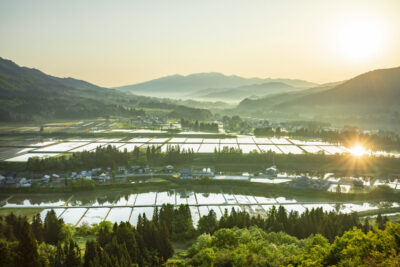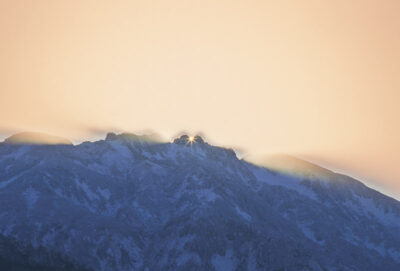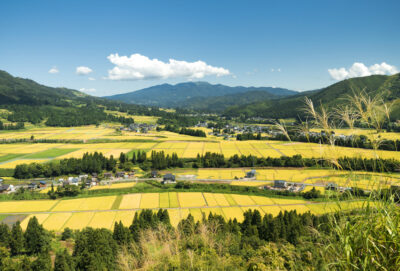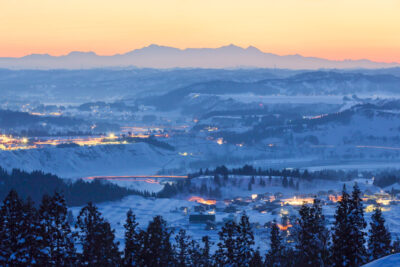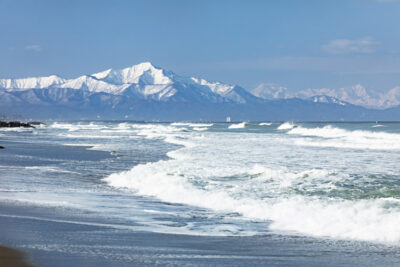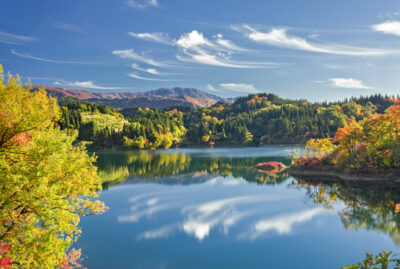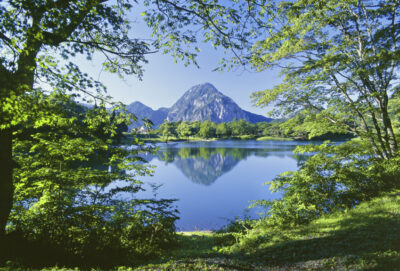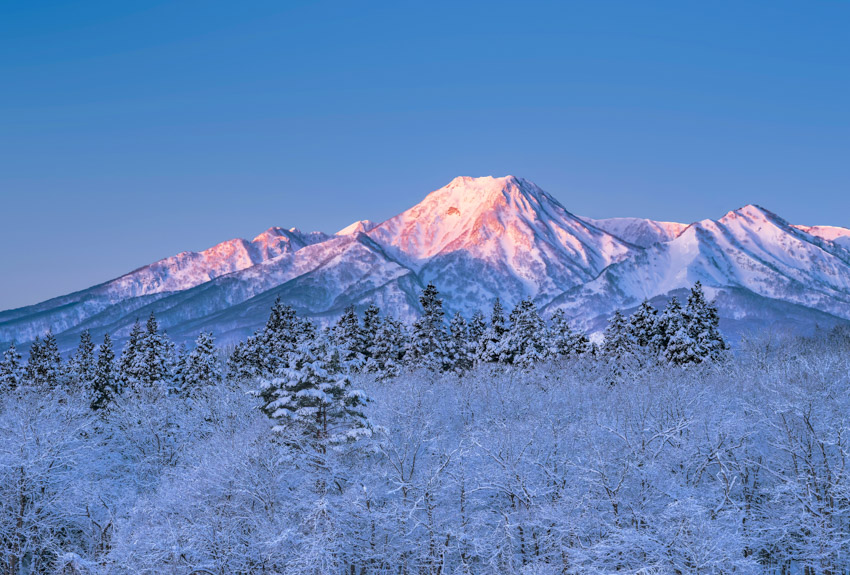
妙高山と救世観音のつながり
妙高山は北信五岳のひとつに数えられています。新潟県内の山を標高順に並べると妙高山は5番目ですが、妙高連峰には標高上位7座のうち4つが含まれています。標高だけでなく、妙高山群は個性豊かな山々が連なり、奥深い魅力を持つため、多くの登山者に親しまれています。裾野が広がるその姿から「越後富士」と呼ばれる理由も納得できます。
周囲の山々と比べてひときわ高いため、妙高山には一番に朝日が差し込みます。雪に覆われた山肌が朝日に染まる光景は、県内でも平野部から望めるのは妙高山だけです。また、北信濃からもよく見え、北信五岳の一つとして多くの人々に親しまれています。長野側から眺めると、雪を抱いた妙高山の独特な山容はひときわ印象的で、他の山とは一線を画しています。また須弥山とも呼ばれるのは、外輪山が取り囲み宇宙の中心に聳える聖なる山に見立てられたからと言われています。
妙高山は多くの画家たちのモチーフにもなりました。また、東京美術学校を設立した岡倉天心の終焉の地としても知られています。日本の仏教美術や文化財の重要性を日本人に再認識させたフェノロサが、法隆寺の秘仏・救世観音に光を当てたことは有名です。妙高関山にある関山神社には、渡来仏とされる菩薩立像があり、この二つの仏像はよく似ています。ちなみに、救世観音は私が最も好きな仏像の一つであり、妙高と奈良の古きつながりに想いを馳せずにはいられません。
Myōkō Mountain is counted as one of the five mountains of northern Shinano. When the mountains in Niigata Prefecture are listed in order of elevation, Myōkō Mountain ranks fifth, but four of the seven highest peaks in the Myōkō Mountain Range are included in this group. Not only in terms of elevation, but also because of its unique and diverse peaks and profound charm, the Myōkō Mountain Range is loved by many climbers. Its wide base has earned it the nickname “Echigo Fuji,” which is easy to understand when you see it.
Due to its towering height compared to surrounding mountains, Myōkō Mountain is the first to catch the morning sun. The sight of its snow-covered slopes bathed in morning light is unique to Myōkō Mountain within the prefecture, visible even from the plains. It is also clearly visible from North Shinano and is beloved by many as one of the North Shinano Five Peaks. From the Nagano side, the unique silhouette of Myōkō Mountain, shrouded in snow, stands out distinctly from other mountains. It is also called Mount Sumeru because it is said to resemble a sacred mountain towering at the center of the universe, surrounded by outer ring mountains.
Myōkō Mountain has also been a motif for many painters. It is also known as the final resting place of Okakura Tenshin, who founded the Tokyo School of Fine Arts. It is well known that Ernest Fenollosa, who helped Japanese people rediscover the importance of Buddhist art and cultural properties in Japan, shed light on the secret Buddha statue of the Kannon of Kuse at Horyuji Temple. At Sekiyama Shrine in Myoko Sekiyama, there is a standing statue of Bosatsu said to have been brought from abroad, and these two Buddha statues are very similar. Incidentally, the Kannon of Kuse is one of my favorite Buddha statues, and I cannot help but reflect on the ancient connection between Myoko and Nara.
PENTAX645Z 130mm 1/100 f:8
©️photo by Nakamura Osamu
